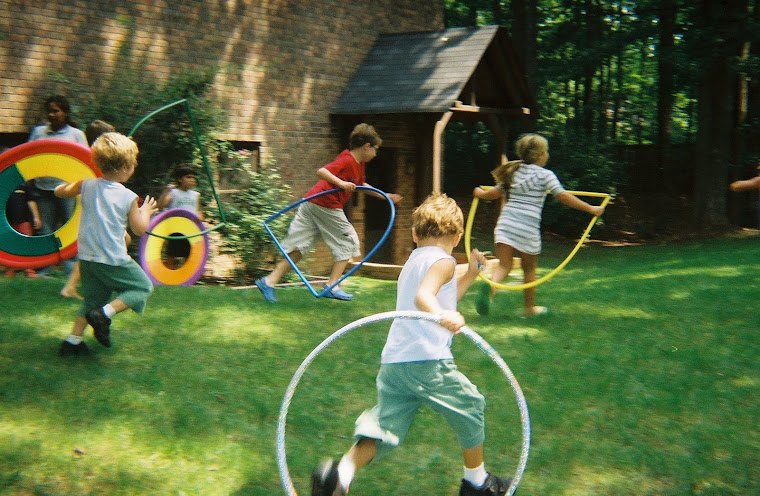Sense-able feelings—when learning new skills
In addition to individual therapy, I also provide therapy camps and groups. These groups help children with sensory processing (Play YOUR Way to Sensory-motor Success), handwriting (Write Incredibly Now WIN™) and social skills (Personal Options and Preferences POP™) in a supportive peer/task environment.
And inevitably every now and then there is at least one or two kids who drop out because (as reported by mom), ‘their feelings got hurt’.
On a closer look these were the kids that really needed the groups! The ones that cracked at even minor frustrations, were over-sensitive to unintentional “slights” by the other children, who had difficulty following a one-step direction in a 1-1 setting and/or whose short term memory was almost non-existent.
As therapists we are doing our job when we challenge a child to make choices that change old, non-productive patterns. The disconnect happens when the child complains (often tearfully) to the parent that “everyone is mean to me in the ___________group”.
I have thought long and hard about how to circumvent this and I think I have a solution I want to share. By providing parents a before group syllabus and letting them know what we are doing in advance they can support the child at home and ask the appropriate questions to counter the complaints. I use the following chart form.
Using handwriting as a sample (from my WIN™ program)* I offer this example:
| What activities | Purpose | Anticipated (child) Responses* (all activities are new to the children and have never been tried before) | Functional Goal |
| Sliding a straw between three fingers | In hand translation skills | Awkward motor skills-some frustration | Increased in hand fluency |
| Paper cup button catch | Visual tracking Timing | Competition with peers Some possible frustration | Increase in-hand timing and visual tracking |
| Paper cup shell game | Visual memory Visual tracking Visual spatial organization | Acting silly Reluctant to try (some) Peer helpers | Increased visual skills with constancy and movement |
| Water bottle rock turning | Increase palmar “apple hand” position Increase finger individuation Increase wrist stability | Fun to make Hands get tired Decrease wrist rotation Hard to keep wrist steady My fingers won’t move “right” | Making choices Estimating skills (when bottle is “heavy enough” Prepositional understandings with movement Increase isolated finger movements |
| Wikki-Stix relief rubbing | Increase tactile awareness Increase kinesthetic skills | Automatic pride in being able to make a complex form | Learning shapes automatically without vision a foundation skill of automatic writing |
| Workbook | To systematically introduce formation and fluency | Hesitant at first May rush through to get it done May not want to correct self | Learning that to do it right is more important than to do it fast Pride in a job well done Self-measure progress |
*This is only a partial list
Now that the parent is aware of what is going on in the class, it is also important to let the parent know when all this is going to happen. A timeline of what to expect can be very helpful for the parent to help the child through frustrations and expectations. Using the WIN™ program again as an example, I often tell parents that this is a 12-hour program offered (usually in 4 3-hour days) so here is what you can expect:
§ Day One—NO writing we will spend the whole day playing with our hands and bodies and learning how they move and how we can be “in charge of them” instead of them being in charge of us!
§ Day Two—tracing, nonsense shape making, chalkboard activities, blindfolded “writing”, gross and fine motor fluency activities, and initial workbook activities.
§ Day Three—All of the above and new games and crafts to put in our end of session take-home bags, putting our bodies together games using fine and gross motor patterns within one activity, continue in our workbook
§ Day Four—finish the workbook, and do Mad-Glad-Grab Sentences to learn about writing paragraphs with the T-E-C System (Topic Embellishers and Conclusions)—both trademarks of the WIN™ handwriting system.
Now the parent knows what and when and has some really useful tools when talking to their child about their feelings about writing, making new friends or tolerating unfamiliar situations.
But that still leaves us with the issue of how to help the emotionally fragile child. This is the child for whom everything is upsetting. The very act of walking into an unfamiliar place can be so upsetting that they need what I call a “first day shadow”, or a special “transition toy” that they can have with them the whole time. For these children creating trust is often synonymous with safety and both must be in place before learning can occur.
Even with all this in place, there will often be that “one child” for whom group therapy settings are just too much. The chaos of the group, the noise level, the stimulation of people moving, the inability to know how to ask for help, etc. can all be influences that impact a child’s ability to benefit from a given program.
So above all else, make sure that the parent knows that you are available to them by phone, email, written note, whatever works for the both of you. And YOU want to know how their child is reacting before they take action to remove him from the group. Letting the parent know that their child’s success is your only objective puts you both focused on the same goal—a happier more functionally secure child.


